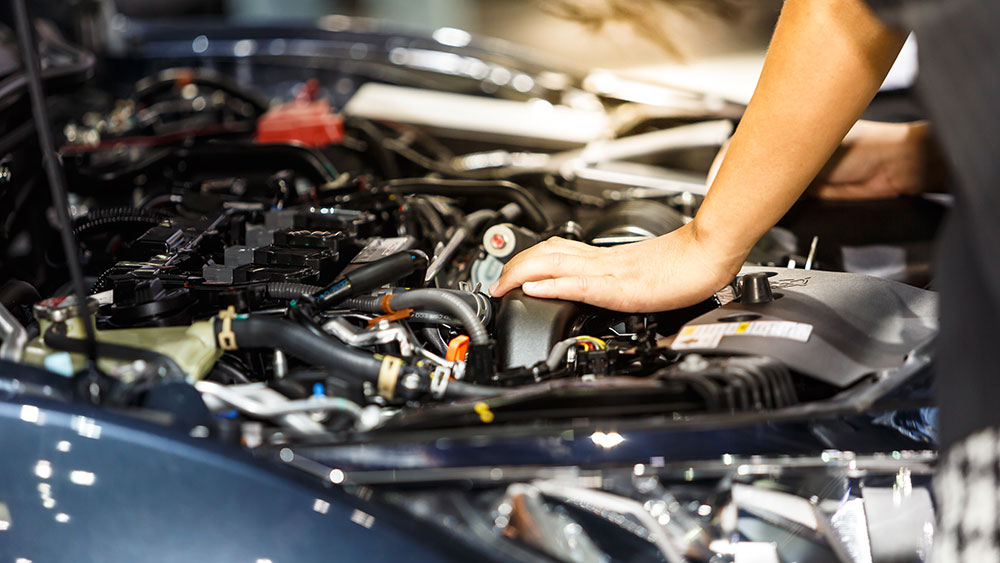How to save time and money with auto repair tricks?

When it comes to auto repair, many people are intimidated, especially if they are unfamiliar with how automobiles work. A well-maintained vehicle ensures safe and smooth driving. Time and money are saved through regular maintenance and repairs. Most basic car maintenance tasks do not require technical expertise or special tools. Some common DIY repairs include changing oil, replacing air filters, checking tire pressure, and cleaning battery terminals. You find tutorials online or purchase manuals specific to your car model. It might take some time initially, but once you have mastered a few basic skills, DIY repairs will become second nature.
Regular maintenance is crucial for keeping your car running smoothly and preventing major breakdowns. It includes tasks such as oil changes, tire rotations, brake inspections, and fluid checks. Neglecting these tasks lead to costly repairs down the line. Make sure to follow your car manufacturer’s recommended maintenance schedule. auto repair tricks will help catch any issues early on before they become major problems requiring expensive repairs. If you do need to replace parts, don’t just settle for the first quote you receive from a mechanic or auto parts store. Shop around and compare prices from different sources such as online retailers or salvage yards. You consider purchasing used parts in good condition, frequently much cheaper than new ones. Just check to verify their quality and compatibility with your vehicle before making a purchase.
Understanding your car’s warranty save you money on repairs covered under it. Be aware of any exclusions or limitations such as mileage restrictions or required maintenance procedures that voids your warranty if not followed properly. Preventative measures such as using high-quality fuel and oil additives help keep your engine running smoothly and reduce the risk of costly repairs later on. Investing in a good quality air filter prevents dirt and debris from entering the engine and causing damage over time. It is an indication wrong with your vehicle that needs attention right away. Ignoring this warning sign could lead to more costly problems that result in expensive repair bills. Their parts stores offer free diagnostic scans to determine what might be wrong before heading to a mechanic. Keeping your car clean both inside and out prevent rust buildup and other damage caused by neglect over time. Regular cleaning of rubber seals around doors and windows prevents leaks that lead to costly repairs.
Check your tire pressure regularly and keep it inflated to the recommended level specified in your car’s manual. Driving sensibly by avoiding sudden stops or accelerations helps prolong the life of your car’s engine, brakes, and other components. It helps improve fuel efficiency and means less frequent visits to the gas station resulting in cost savings over time. Finding a trusted mechanic who can be honest and reliable saves you time and frustration when dealing with repairs. Ask for recommendations from friends or family friends, read online reviews before choosing a mechanic, and don’t be afraid to ask questions or get second opinions before agreeing to any repairs.
